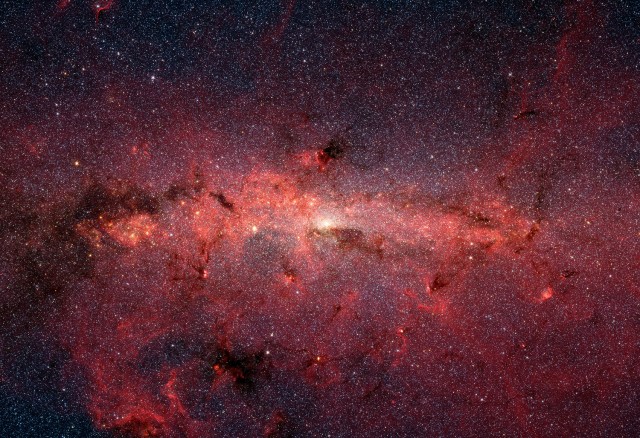These Are The Most Spectacular Astronomy Photos This Year
Here are the top photos from Insight Astronomy Photographer of the Year 2017 competition and these images are truly spectacular. The competition, which is now in its 9th year, is directed by the Royal Observatory in Greenwich , UK. This year's competition got almost 4,000 entries from both amateur and professional photographers. The photos range from beautiful snaps of the Northern Lights to amazing time-lapse photos of the Jellyfish Nebula. Below are some of our choices from the shortlisted photographs . Reflection by Beate Behnke (Germany), shows the Aurora Borealis being reflected off the water in Skagsanden. A Battle We Are Losing by Haitong Yu - Beijing, China, March 2, 2017 NGC 2023 by Warren Keller (USA) - Cerro Tololo Inter-American Observatory, near La Serena, Chile, January 2, 2016 An Icy Moonscape © Kris Williams (UK), taken Snowdonia National Park, Conwy, UK, December 3, 2016 Eastern Prominence © Paul Andrew (UK) - taken in Dover, Kent, UK, August 29, 2016 Auroral
